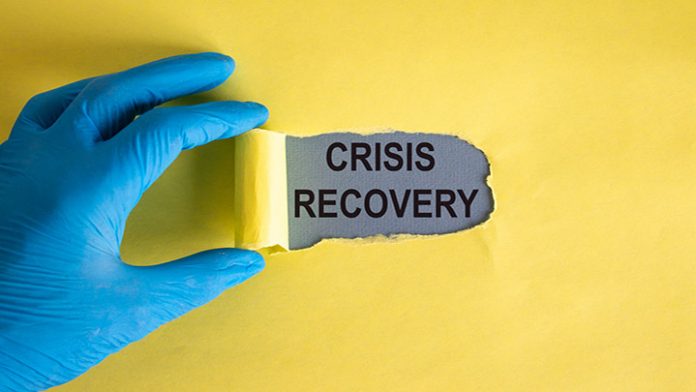The World Tourism Organization (UNWTO) has released a tourism recovery technical assistance package to offer guidance to countries in response to COVID-19. The package is structured around three main pillars: economic recovery, marketing and promotion and institutional strengthening and resilience building. Much of what is in the package is basic marketing and economic planning, albeit with a few twists.
With tourism among the hardest-hit of all sectors, UNWTO says that countries must support the tourism sector now with real actions, while they prepare for the sector to come back and be stronger and more sustainable.
The package is designed to support governments, the private sector and agencies to face this unprecedented socio-economic emergency.
It makes the case for policies and measures to be introduced to stimulate the economic recovery of the tourism sector. It suggests these should be introduced alongside the development of impact needs assessments and country-specific plans for tourism recovery.
On marketing and promotion, UNWTO has said it stands ready to provide technical assistance to identify markets that can help accelerate recovery, addressing product diversification, and formulating marketing strategies and promotional activities.
The third pillar, institutional strengthening and resilience building, is particularly aimed at enhancing public-private partnership and promoting collaborative efforts for tourism recovery, and enhancing skills in crisis management and recovery.
The guidance recommends that countries, in consultation with their respective Ministry of Health and Ministry of Tourism, review protocols to be adopted by tourism service providers to ensure enhanced safety and security of tourists and employees.
During the recovery phase, it states there will be a need for targeted marketing activities, especially to build destination confidence and approach priority markets with good prospects to capture.
Domestic and intraregional tourism is expected to catch up faster than intercontinental travel, and this may have to be reflected in marketing activities.
Countries need to revisit growth scenarios and priority markets, and adjust planned promotional activities based on available resources and the new reality of the tourism and travel industry.
Destinations may face a challenge to diversify products, services and markets to avoid dependence on one single activity or market, along with tight budgets due to the need to invest in supporting operations and businesses.
Innovative digital marketing activities and targeted marketing will be central to help destinations spread their messages in a fast and cost-efficient manner to specific market segments, generating interest and traveller confidence.
Marketing activities should spread the message that a destination has a safe environment to visit.
Countries and destinations should develop targeted marketing strategies and activities based on available resources and the new reality of the tourism and travel industry. Specific recommended objectives include:
- Evaluate the crisis impact on demand and travel patterns.
- Revisit growth scenarios.
- Review the list of priority source markets and identify tourist patterns and segments.
- Adjust planned promotional activities.
- Diversify products, services and markets to avoid dependence on one single activity or market.
- Use innovative digital marketing activities as a fast and cost-efficient way to communicate with specific market segments to generate interest and confidence of visitors.








 ©2024 All rights reserved LaingBuisson
©2024 All rights reserved LaingBuisson 


